Concrete Leveling for Flat and Stable Surfaces
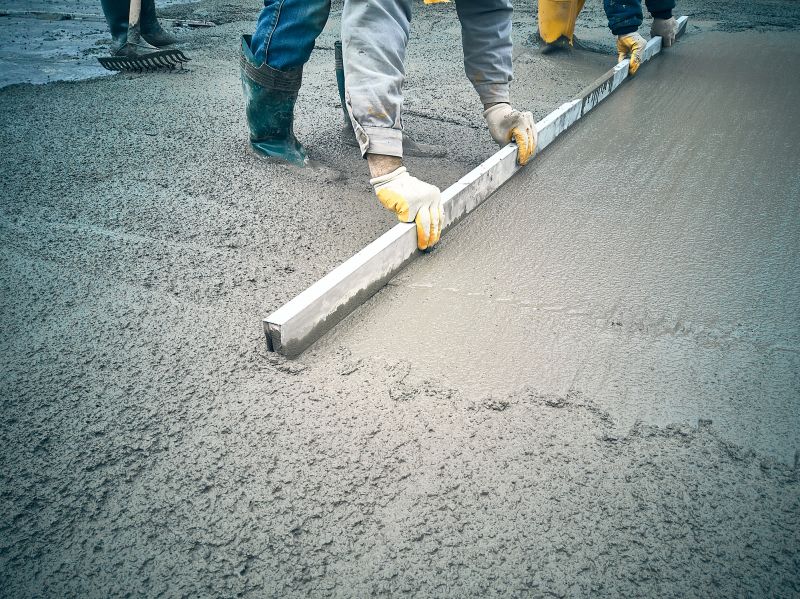
Spring offers favorable conditions with moderate temperatures and stable ground, making it ideal for concrete levelings.
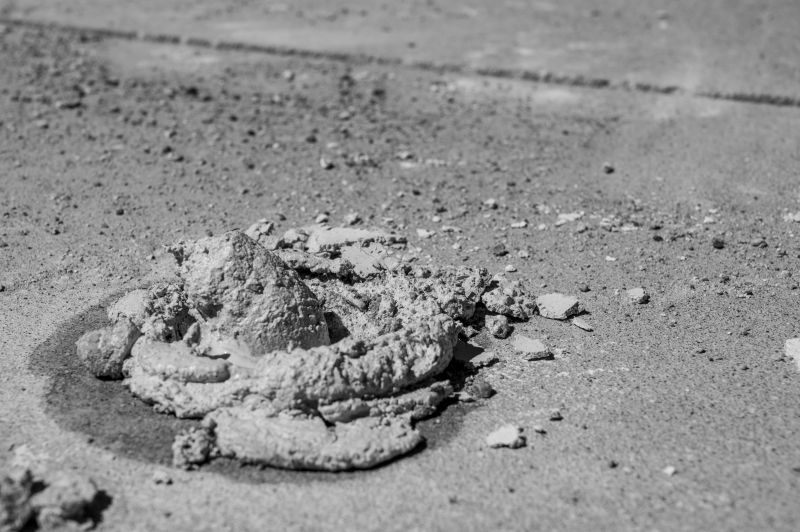
Summer can be suitable if temperatures are consistent, but excessive heat may affect curing times and results.
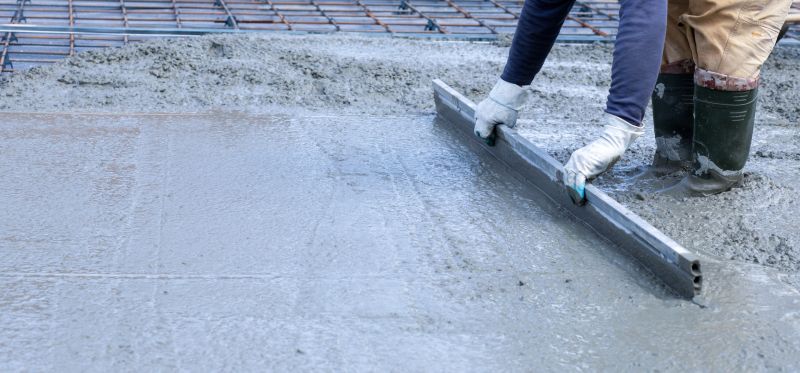
Fall provides cooler, stable weather, reducing the risk of rapid drying and cracking during the process.
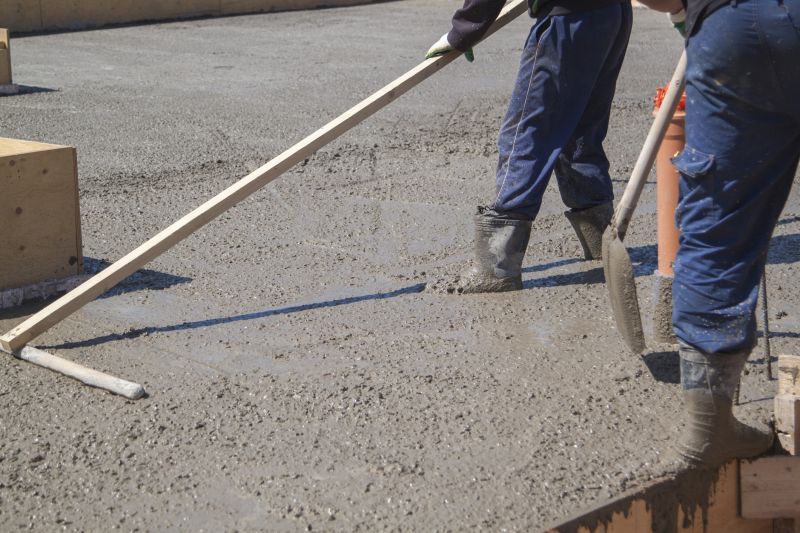
Ways to make Concrete Levelings work in tight or awkward layouts.

Popular materials for Concrete Levelings and why they hold up over time.

Simple add-ons that improve Concrete Levelings without blowing the budget.
Concrete levelings are a practical solution for restoring the flatness and stability of existing concrete surfaces. This process involves raising and leveling sunken or uneven slabs, which can improve safety and appearance. Proper timing of the service can influence the longevity and effectiveness of the repair, making seasonal considerations important.
Optimal conditions for concrete levelings typically include moderate temperatures, low humidity, and dry weather. These factors help ensure the materials cure properly and achieve the desired durability. Statistics indicate that scheduling during favorable weather can extend the lifespan of the repair and reduce the need for future adjustments.
Temperature fluctuations and precipitation levels can influence the success of concrete levelings. Ideal conditions prevent cracking and ensure proper adhesion.
Scheduling during dry and mild weather allows for better surface preparation and curing, leading to more durable results.
Timing services correctly can minimize repair frequency and improve surface stability over time.
Regions with predictable seasonal patterns are better suited for scheduling concrete levelings during specific times of the year.

Spring's moderate temperatures promote optimal curing and bonding.

Summer requires attention to avoid rapid drying due to high temperatures.
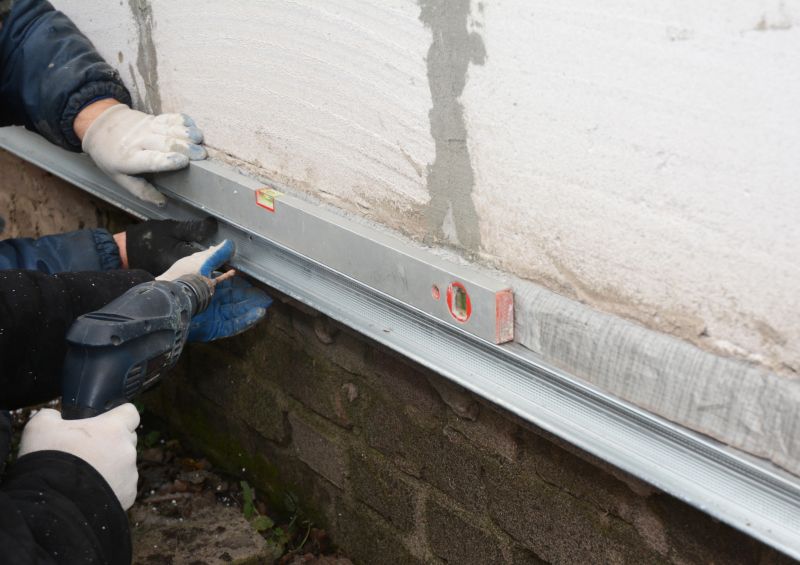
Fall's cooler weather supports stable curing conditions.

Winter is generally less suitable due to freezing temperatures and moisture concerns.
| Season | Ideal Conditions |
|---|---|
| Spring | Moderate temperatures, low humidity, dry weather |
| Summer | Consistent warmth, avoid extreme heat |
| Fall | Cooler temperatures, stable weather |
| Winter | Freezing temperatures, high moisture levels |
| Late Spring | Optimal for curing and bonding |
| Early Fall | Good for surface stability |
| Late Summer | Possible with precautions against heat |
| Early Winter | Generally unsuitable |
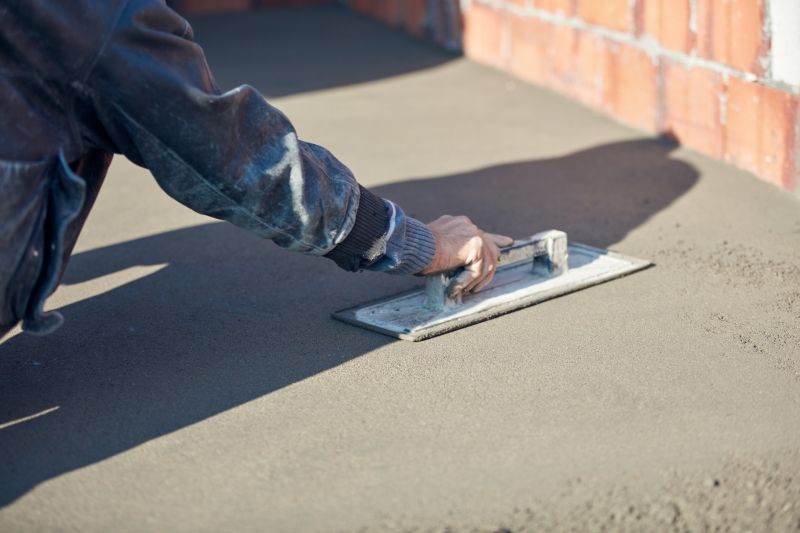
Ideal due to mild weather and stable ground conditions.

Suitable with precautions against high heat and rapid drying.

Preferred for cooler, stable weather and optimal curing.

Generally not recommended due to freezing temperatures.
Timing concrete levelings during seasons with predictable and moderate weather conditions can reduce the likelihood of future repairs. Proper planning ensures the surface remains stable and durable over time.
Interested in scheduling a concrete leveling service? Filling out the contact form provides an opportunity to discuss timing options suitable for the local climate and specific project needs.
